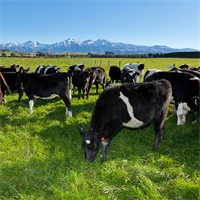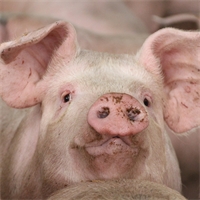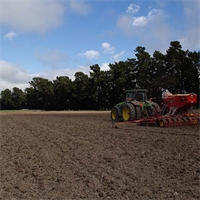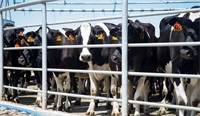30Aug
Nitrogen reading and keeping track of your N use over the year.
This promotional feature was supplied by Ballance.
Easier N tracking
All pastoral farmers need to be tracking their nitrogen (N) fertiliser use, and keeping N use to no more than 190 kg N/ha/year. Additionally, dairy farmers also need to record applications for reporting purposes.
The Essential Freshwater N cap rules, which came into force on 1 July this year, require dairy farms to record their N fertiliser applications for the current period – 1 July 2021 to 30 June 2022 – and provide this information to their regional council by 31 July next year. It’s expected this requirement will continue in following years.
N rules recapped
From 1 July 2021, rules capped N fertiliser applications:
If a paddock is used for both grazed pasture and:
-
ungrazed crops, the N cap applies only to the pasture
-
grazed crops, the N use on the paddock is not capped, but is included towards the farm’s average, so any use over 190 kg N/ha/year on these areas must be offset by less N use in other grazed areas.
If you cannot meet the N cap rules, you need to apply for a resource consent.
New tracking and reporting feature
To make recording, tracking and reporting N use much easier Ballance Agri-Nutrients is adding a Nitrogen Limit Management feature to MyBallance this spring.
MyBallance is an online platform with a range of tools for farmers to capture and analyse farm information to aid on farm decision making.
Using proof of N application data captured during the reporting period, the new Nitrogen Limit Management feature can track the amount of N applied to all grazed areas, and report this in kg N/ha/year, and as a percentage of the 190 kg N/ha/year limit. This data can be entered either manually in MyBallance or from data supplied from a spreader subscription.
The Nitrogen Limit Management feature uses heatmap graphics to highlight kg N/ha applied to each paddock, making it easier to track N applied to each paddock included in the N cap limit.
These elements are designed to help farmers stay on track and make any necessary adjustments in order to meet the rules.
At the end of the reporting period, MyBallance automatically transforms the N application data into a N usage report which can be sent to regional councils.
With the N cap rules in force, optimising pasture response to applied N fertiliser is important. My Pasture Planner, a decision support tool integrated into MyBallance, can help with this. Ballance Nutrient Specialists use My Pasture Planner to guide N fertiliser plans which farmers can easily access from MyBallance. Specific product recommendations normally arise from discussions between the farmer and their Nutrient Specialist
Using the new N limit feature
Nitrogen Limit Management is part of MyBallance, which is available exclusively to Ballance customers. Ballance customers can activate their MyBallance account at myballance.co.nz/register, or to become a Ballance customer and gain access to MyBallance, phone 0800 222 090 or email customerservices-mount@ballance.co.nz.
To use Nitrogen Limit Management, a digital farm map needs to be uploaded in MyBallance. Email gis.support@ballance.co.nz to have it uploaded. Ask your spreader which subscription their spreading hardware supports, and let Ballance Customer Services know on 0800 222 090.
My Ballance can be accessed on any laptop, desktop or tablet, as well as via an app.
For more information, talk to your Ballance Nutrient Specialist or Ruralco Representative.
Related

New rules soon to come into force mean getting the most from nitrogen (N) applied is more important ...
Read More

For the next three months we are looking at the final sprays for finishing off our cereal and grass ...
Read More

New Zealand pork producers could be expected to feel like a sector under siege in recent years. With...
Read More

Australia’s vast scale often means many New Zealanders carry a simplified, condensed version of it ...
Read More

We look at the latest Agronomy update for spring pastures, cereals and winter feed.
Read More

As Christmas looms on the horizon and the new government ministers catch their breath before kicking...
Read More